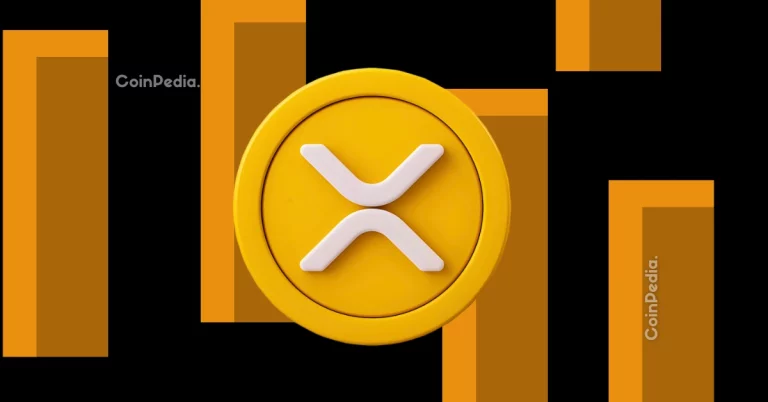
High-intensity interval training (HIIT) is a popular workout method that has gained traction for its effectiveness in fat loss. By alternating between short bursts of intense activity and periods of rest or lower-intensity exercise, HIIT allows you to maximize your workout in a shorter amount of time compared to traditional steady-state cardio.
One of the primary reasons HIIT is effective for fat loss is its ability to elevate your metabolic rate even after your workout is finished. This phenomenon is known as excess post-exercise oxygen consumption (EPOC), where your body continues to burn calories as it returns to its resting state.
Integrating HIIT into your fitness routine can lead to significant improvements in both cardiovascular health and overall endurance. Studies show that HIIT can be as effective as moderate-intensity continuous training, making it a time-efficient alternative for those with busy schedules.
When starting with HIIT, it’s important to tailor your workout to your fitness level. Beginners might start with shorter intervals and longer rest periods, while more advanced athletes can push the intensity and reduce recovery time. Common exercises include sprinting, cycling, bodyweight movements, and even weightlifting, all performed at high intensity.
Safety is paramount, especially when engaging in high-intensity workouts. Proper warm-up and cool-down routines can help prevent injuries, while listening to your body ensures you don’t overdo it. Hydration is also crucial, as intense workouts lead to increased fluid loss.
Nutrition plays a vital role in supporting your HIIT workouts. A balanced diet rich in whole foods, lean proteins, healthy fats, and complex carbohydrates will fuel your body and aid in recovery. Timing your meals around your workouts can further enhance performance and fat loss.
Incorporating HIIT into your weekly routine can provide variety and keep you motivated. Consider alternating your HIIT sessions with strength training or steady-state cardio for a well-rounded fitness program. As you progress, continuously challenge yourself by increasing the intensity, duration, or frequency of your workouts.
Ultimately, the key to successful fat loss through HIIT is consistency and dedication. Tracking your progress and setting realistic goals can help maintain motivation and keep you on track. Remember that every individual responds differently to training, so find what works best for you and enjoy the journey towards your fitness goals.





